Choosing the right trading platform is a pivotal decision for forex and CFD traders, and the debate of XTB vs. Flexy Markets often surfaces among traders seeking the best fit for their needs. Both brokers offer distinct features, catering to different trading styles and experience levels. In this detailed SEO-optimized blog post, we’ll dive into a pointwise comparison of XTB vs. Flexy Markets, exploring their platforms, fees, regulation, and more to help you make an informed choice. Whether you're a beginner or a seasoned trader, understanding the nuances of XTB vs. Flexy Markets is essential for maximizing your trading potential in 2025.
Why Compare XTB vs. Flexy Markets?
The XTB vs. Flexy Markets comparison is critical because each broker targets different trader profiles. XTB is a well-established, globally recognized broker with a strong regulatory framework, while Flexy Markets is a newer player focusing on user-friendly interfaces and competitive pricing. By analyzing XTB vs. Flexy Markets point by point, traders can identify which platform aligns with their goals, whether it’s low fees, advanced tools, or diverse asset offerings. Let’s break down the XTB vs. Flexy Markets comparison to highlight their strengths and weaknesses.
 1. Regulation and Security: XTB vs. Flexy Markets
1. Regulation and Security: XTB vs. Flexy Markets
When evaluating XTB vs. Flexy Markets, regulation is a top priority, as it ensures the safety of your funds.
- XTB: XTB is a publicly listed company on the Warsaw Stock Exchange and is regulated by top-tier authorities, including the UK Financial Conduct Authority (FCA), Cyprus Securities and Exchange Commission (CySEC), Polish Komisja Nadzoru Finansowego (KNF), and the Belize International Financial Services Commission (IFSC). XTB adheres to strict standards, offering segregated client funds and negative balance protection, making it a highly secure choice in the XTB vs. Flexy Markets comparison.
- Flexy Markets: Flexy Markets is legally registered in the UAE, providing a secure trading environment. However, its regulatory oversight is less extensive, primarily focusing on regional authorities, which may not offer the same global trust as XTB’s multi-jurisdictional licenses. In the XTB vs. Flexy Markets debate, XTB’s robust regulation gives it an edge for traders prioritizing safety.
Verdict: XTB wins in the XTB vs. Flexy Markets comparison for regulation due to its oversight by multiple top-tier authorities, ensuring greater transparency and security.
 2. Trading Platforms: XTB vs. Flexy Markets
2. Trading Platforms: XTB vs. Flexy Markets
The trading platform is a core component of any broker, and the XTB vs. Flexy Markets comparison reveals significant differences.
- XTB: XTB offers its proprietary xStation 5 platform, available on web, desktop, and mobile. Known for its intuitive interface, advanced charting tools, market sentiment insights, and economic calendar, xStation 5 is ideal for both novice and experienced traders. XTB does not support MetaTrader 4 (MT4) or MetaTrader 5 (MT5), which may be a drawback for some in the XTB vs. Flexy Markets comparison.
- Flexy Markets: Flexy Markets supports MT4, MT5, and WebTrader, offering traders flexibility and familiarity with industry-standard platforms. These platforms provide advanced features like automated trading and customizable indicators, making Flexy Markets appealing in the XTB vs. Flexy Markets comparison for traders who prefer MT4/MT5.
Verdict: Flexy Markets takes the lead in the XTB vs. Flexy Markets platform comparison for offering MT4 and MT5, though XTB’s xStation 5 is highly user-friendly and feature-rich.
3. Asset Selection: XTB vs. Flexy Markets
Asset diversity is a key factor in the XTB vs. Flexy Markets comparison, as it determines trading opportunities.
- XTB: XTB offers a wide range of instruments, including 57 forex pairs, 27 commodities, 30 indices, 46 cryptocurrencies, over 5,000 stocks, and 500+ ETFs. XTB also provides real stocks and ETFs for EU clients, making it versatile in the XTB vs. Flexy Markets comparison.
- Flexy Markets: Flexy Markets focuses on forex, indices, commodities, stocks, and cryptocurrencies. While it offers a broader selection of assets, including cryptocurrencies, its range is generally less extensive than XTB’s, particularly in equities and ETFs. In the XTB vs. Flexy Markets comparison, Flexy Markets caters to traders seeking diversification but falls short of XTB’s comprehensive offerings.
Verdict: XTB excels in the XTB vs. Flexy Markets asset selection comparison due to its broader and more balanced portfolio, especially for stock and ETF traders.
 4. Fees and Spreads: XTB vs. Flexy Markets
4. Fees and Spreads: XTB vs. Flexy Markets
Cost-effectiveness is crucial in the XTB vs. Flexy Markets comparison, as fees impact profitability.
- XTB: XTB offers competitive spreads starting from 0.1 pips on forex, with an average EUR/USD spread of 0.8 pips. It provides commission-free trading for forex and real stocks/ETFs (up to EUR 100,000 monthly volume for EU clients). XTB’s volume-based cash rebate program further reduces costs for high-volume traders, giving it an advantage in the XTB vs. Flexy Markets comparison.
- Flexy Markets: Flexy Markets promotes ultra-low spreads with zero hidden fees, which is attractive for cost-conscious traders. However, spreads may widen during volatile periods, and its fee structure may include higher costs compared to XTB’s commission-free model. In the XTB vs. Flexy Markets comparison, Flexy Markets is less competitive for frequent traders.
Verdict: XTB leads in the XTB vs. Flexy Markets fees comparison due to its lower spreads, commission-free trading, and rebate program.
5. Leverage: XTB vs. Flexy Markets
Leverage can amplify trading potential, and the XTB vs. Flexy Markets comparison highlights stark contrasts.
- XTB: XTB offers leverage up to 1:500, depending on the asset and region (e.g., 1:30 for EU clients due to regulatory limits). This is suitable for most traders but may feel restrictive for high-risk strategies in the XTB vs. Flexy Markets comparison.
- Flexy Markets: Flexy Markets provides leverage up to 1:2000, offering greater flexibility and potential for higher returns. This makes it a standout in the XTB vs. Flexy Markets comparison for traders seeking aggressive strategies, though it comes with increased risk.
Verdict: Flexy Markets wins in the XTB vs. Flexy Markets leverage comparison for its higher leverage options, ideal for experienced traders.
6. Account Types: XTB vs. Flexy Markets
Account flexibility is another critical aspect of the XTB vs. Flexy Markets comparison.
- XTB: XTB offers Standard, Pro, and Islamic accounts, with the Standard account being commission-free and the Pro account featuring tighter spreads with a EUR 3.50 commission per side. XTB’s accounts cater to various trading needs, making it versatile in the XTB vs. Flexy Markets comparison.
- Flexy Markets: Flexy Markets provides multiple account types, including Standard, ECN, and VIP, tailored to different trading styles. However, its options are less diverse than XTB’s, which may limit customization in the XTB vs. Flexy Markets comparison.
Verdict: XTB has a slight edge in the XTB vs. Flexy Markets account types comparison due to its well-structured and varied offerings.
7. Educational Resources: XTB vs. Flexy Markets
Education is vital for traders, especially beginners, and the XTB vs. Flexy Markets comparison shows differences in resource depth.
- XTB: XTB provides extensive educational materials, including webinars, ebooks, trading videos, market analysis, and a free demo account. Its resources are tailored for intermediate and beginner traders, making it a strong contender in the XTB vs. Flexy Markets comparison.
- Flexy Markets: Flexy Markets offers basic educational content, such as beginner-friendly guides and market analysis. While sufficient for new traders, it lacks the depth and variety of XTB’s offerings in the XTB vs. Flexy Markets comparison.
Verdict: XTB dominates in the XTB vs. Flexy Markets education comparison with its comprehensive and high-quality resources.
 8. Customer Support: XTB vs. Flexy Markets
8. Customer Support: XTB vs. Flexy Markets
Reliable support is essential, and the XTB vs. Flexy Markets comparison evaluates accessibility and responsiveness.
- XTB: XTB offers 24/5 customer support via live chat, email, and phone, with multilingual options and dedicated account managers for premium users. Its responsive support enhances its standing in the XTB vs. Flexy Markets comparison.
- Flexy Markets: Flexy Markets provides 24/7 support through live chat, email, and phone, but its response times may be slower, and support is primarily email- and chat-based. In the XTB vs. Flexy Markets comparison, Flexy Markets’ support is less immediate.
Verdict: XTB leads in the XTB vs. Flexy Markets customer support comparison for its faster and more accessible service.
9. Deposit and Withdrawal Options: XTB vs. Flexy Markets
Funding flexibility is a practical consideration in the XTB vs. Flexy Markets comparison.
- XTB: XTB supports multiple payment methods, including bank transfers, credit/debit cards, and e-wallets, with no deposit fees. Withdrawals are processed quickly, though some third-party fees may apply, making XTB competitive in the XTB vs. Flexy Markets comparison.
- Flexy Markets: Flexy Markets offers bank transfers, credit/debit cards, e-wallets, and crypto deposits, providing more options, including cryptocurrencies. However, its higher minimum deposit requirements may deter some traders in the XTB vs. Flexy Markets comparison.
Verdict: Flexy Markets slightly edges out in the XTB vs. Flexy Markets funding comparison due to its crypto deposit option, though XTB’s lower minimum deposit is appealing.
10. Execution Speed and Reliability: XTB vs. Flexy Markets
Fast and reliable execution is crucial, and the XTB vs. Flexy Markets comparison examines performance.
- XTB: XTB’s xStation 5 platform ensures fast execution with minimal slippage, supported by robust infrastructure. This reliability strengthens XTB’s position in the XTB vs. Flexy Markets comparison.
- Flexy Markets: Flexy Markets boasts lightning-fast execution speeds with low latency, particularly on MT4/MT5. Its performance is a strong point in the XTB vs. Flexy Markets comparison, especially for scalpers.
Verdict: Both brokers perform well, making the XTB vs. Flexy Markets execution comparison a tie, as each excels in its respective platform.
Final Verdict: XTB vs. Flexy Markets – Which Broker Should You Choose?
The XTB vs. Flexy Markets comparison reveals that both brokers have unique strengths. XTB is the better choice for traders seeking a well-regulated platform with low fees, a user-friendly proprietary platform, and extensive educational resources. Its robust asset selection and commission-free trading make it ideal for beginners and intermediate traders. Flexy Markets, on the other hand, appeals to traders who prioritize high leverage, MT4/MT5 platforms, and a broader range of funding options, including cryptocurrencies.
- Choose XTB if: You value top-tier regulation, low-cost trading, and comprehensive educational support.
- Choose Flexy Markets if: You prefer higher leverage, MT4/MT5 platforms, and crypto deposit options.
In the XTB vs. Flexy Markets debate, your choice depends on your trading goals, experience level, and platform preferences. For a secure, cost-effective, and feature-rich experience, XTB is the stronger contender in 2025. However, Flexy Markets offers compelling features for traders seeking flexibility and high leverage.
Ready to start trading? Explore XTB’s xStation 5 or Flexy Markets’ MT4/MT5 platforms with a demo account to experience the XTB vs. Flexy Markets difference firsthand.
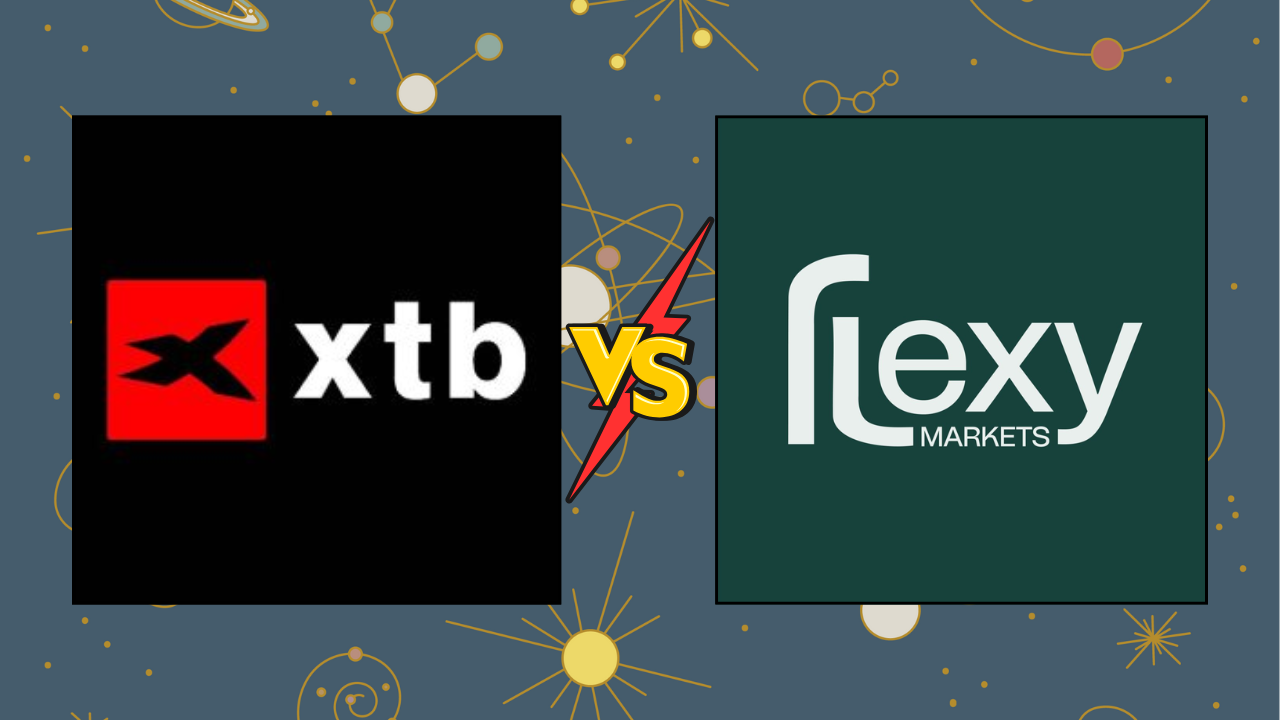
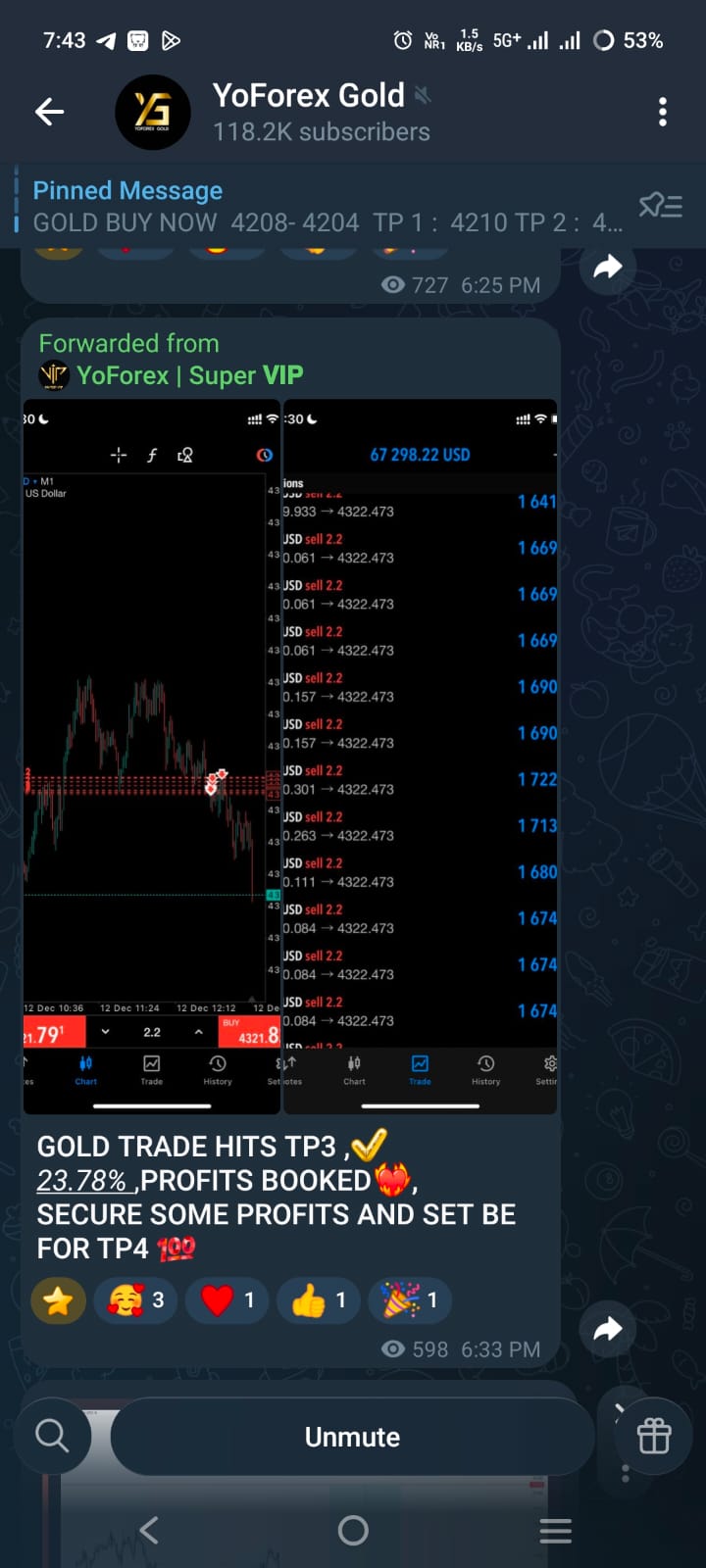
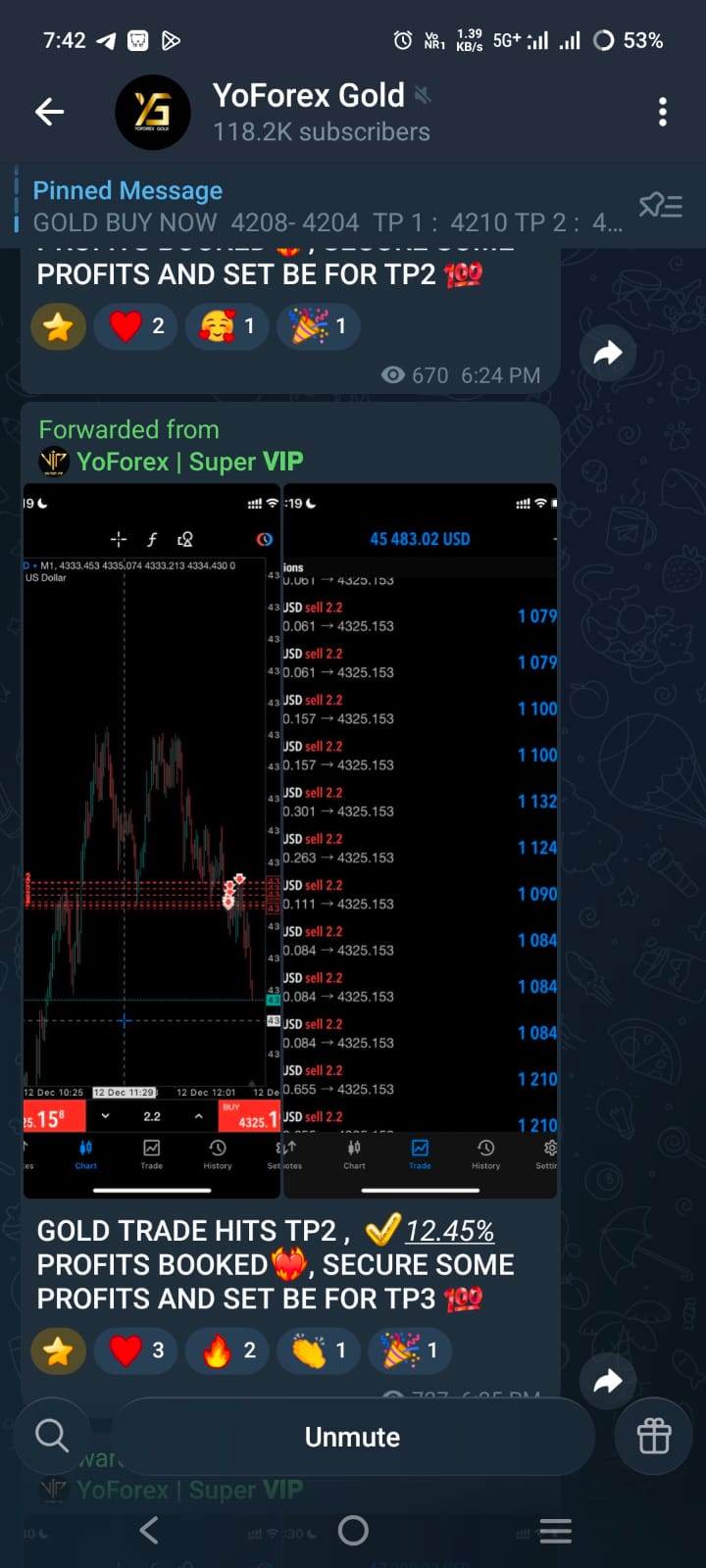
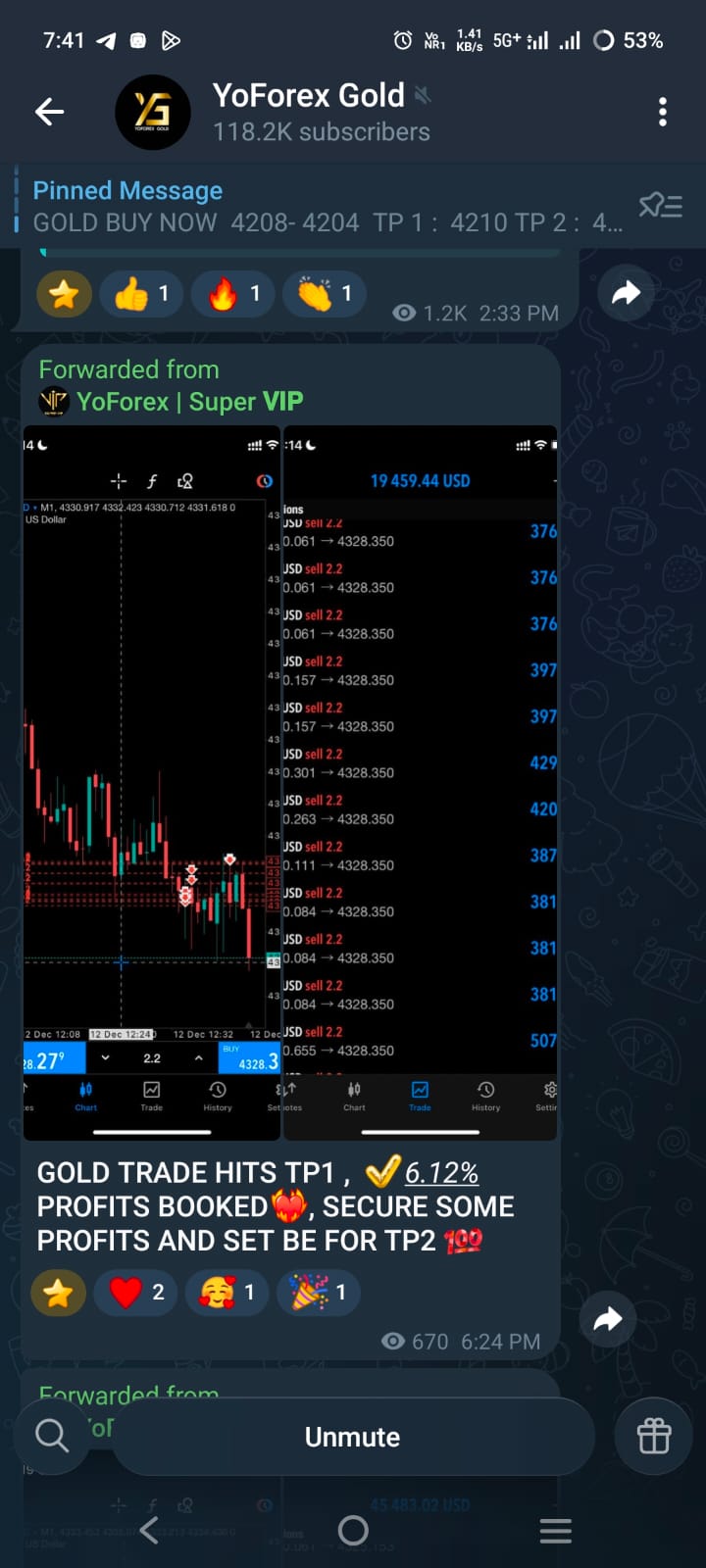
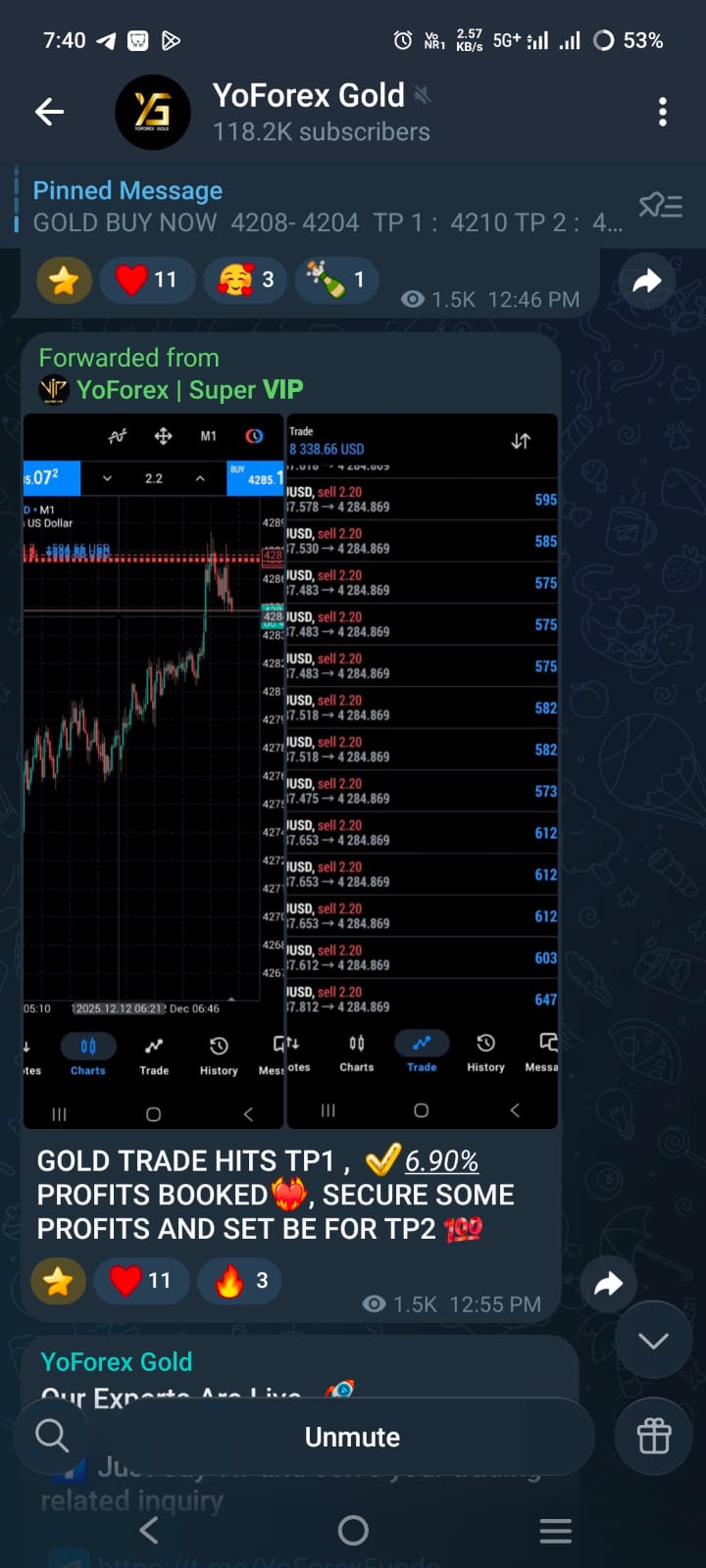
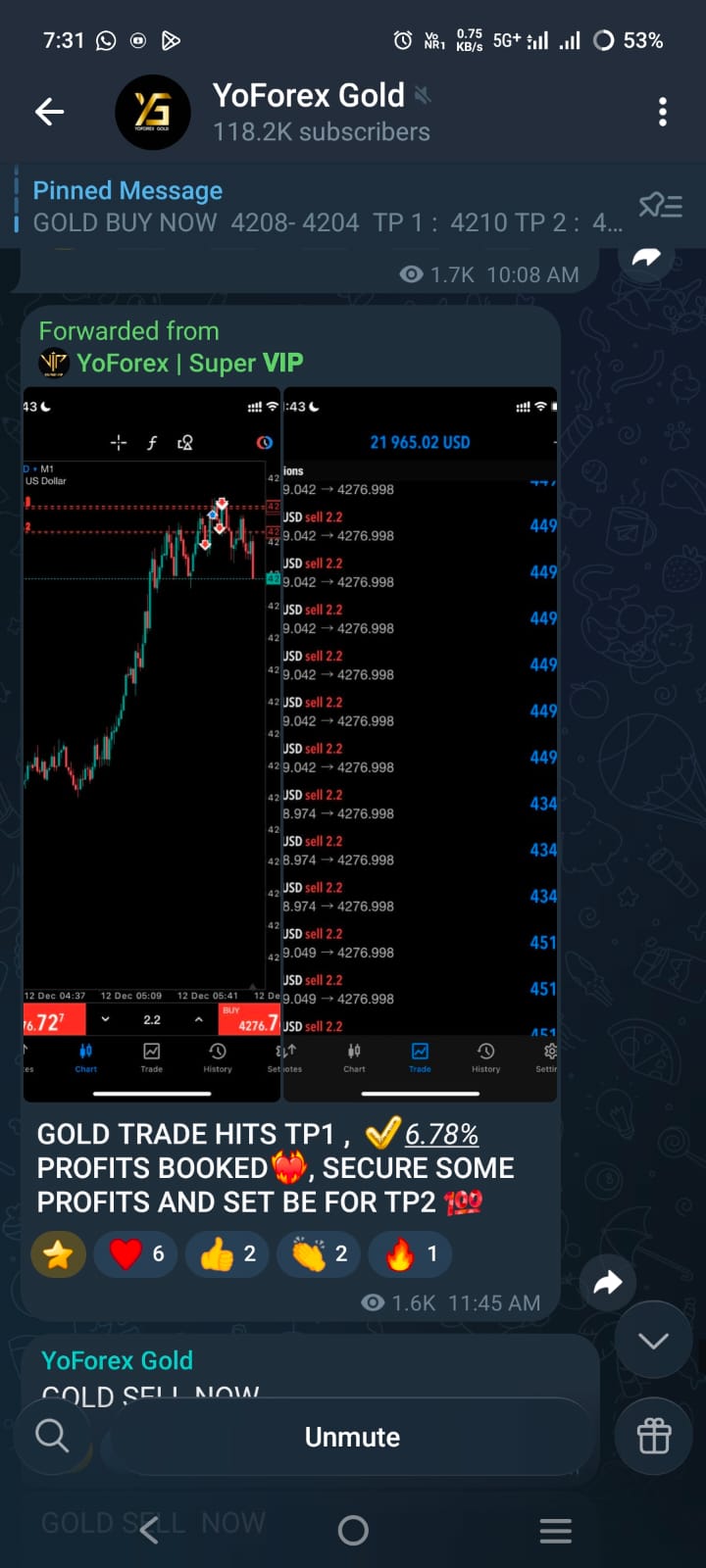
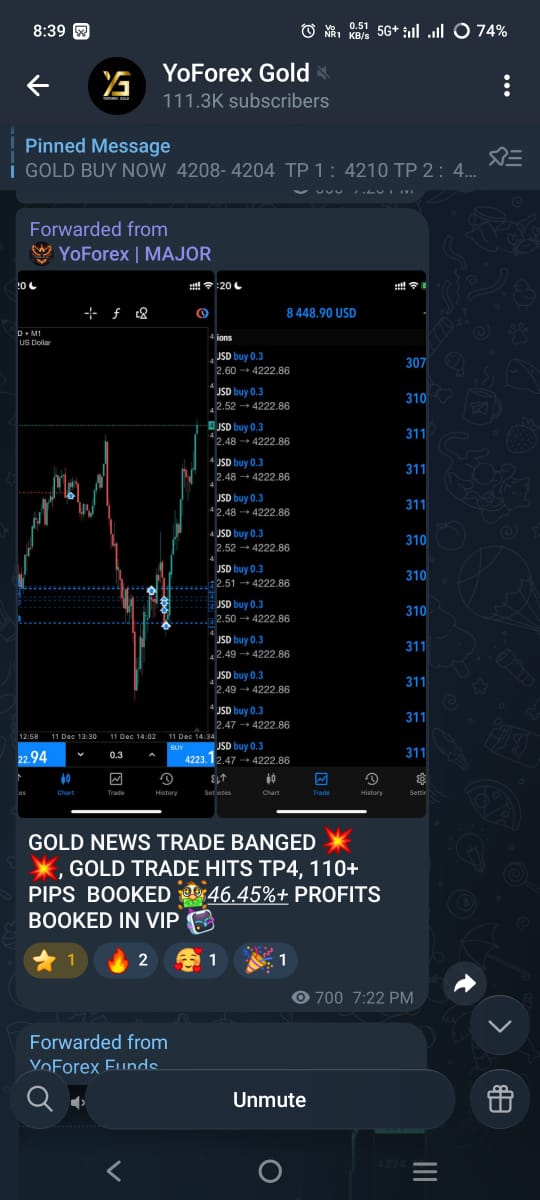
Comments (0)
No comments yet. Be the first to comment!
Leave a Comment